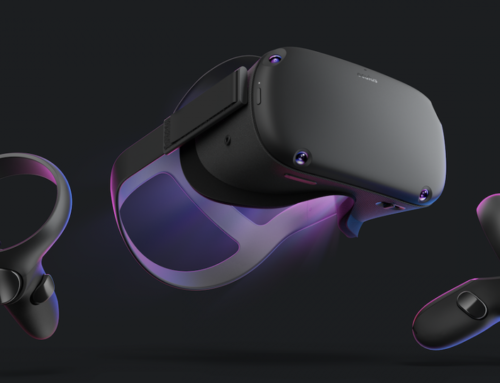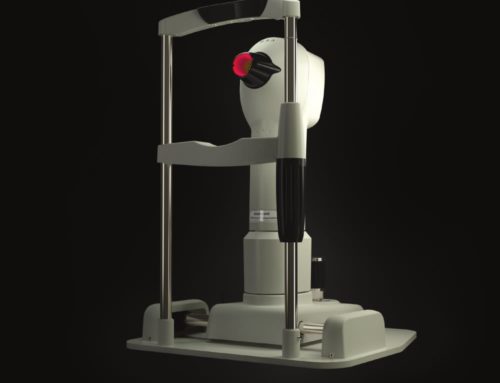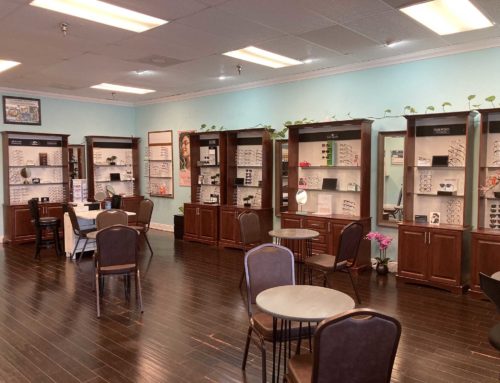Nearly everyone over the age of 65 will experience a reduced elasticity of the lenses of their eyes — a condition called presbyopia.
Those of us lucky enough to have perfect vision until that age will only require reading glasses to help with up-close vision. However, for the 42 percent of Americans who are nearsighted to begin with, a more complex solution will be necessary, such as bifocals, trifocals, or progressive lenses.
Bifocals: Pros And Cons
Bifocals are just what they sound like: glasses with one area that corrects nearsightedness and another area that corrects farsightedness. The worse presbyopia gets, it can start to affect middle distances too, and trifocals help by adding a middle strip for things like reading a computer screen.
If you’ve ever worn bifocals or trifocals, you know all about the line between the sections of the lenses. These lines can be distracting and create an odd “image jump” effect, and they can also serve as evidence of advancing age to anyone who sees them. Anyone who feels these drawbacks are too great to overlook might be more interested in progressive lenses.
The Science Of Progressive Lenses
Thanks to the wonders of modern technology, progressive lenses do what bifocals and trifocals do but without the distracting lines. The way this works is that the prescription gradually changes along a corridor of power, going from supporting distance vision at the top to close vision at the bottom.
The tradeoff to make such a complex lens work is that the bottom corners of progressive lenses make things appear blurry. Fortunately, newer technology is helping to minimize this flaw. When we examine patients wishing to buy progressive lenses, we measure pupillary distance, segment height, vertex distance so that we can place the corridor of power in the best place.
For new customized and premium progressive lenses, we will also measure frame wrap (the curvature of your frame) and pantoscopic tilt (the tilt created when you are wearing your frame.) Both of these measurements allow greater clarity.
Getting Used To Progressive Lenses
Any time we change the prescription or frame shape of our glasses, it will take some time to get used to the way things look. This is certainly the case for progressive lenses, especially if it’s your first time wearing them. A few things you can do to adjust more quickly include:
- moving your head instead of your eyes to see different things
- making sure the glasses fit properly so that the corridor of power stays in the right place
- practicing looking at objects at different differences by watching TV and reading a book at the same time
- not giving up! If you switch back and forth between your progressive lenses and your old bifocals, you’ll reset the clock on your eyes getting used to them!
Talk To Us About Your Next Pair Of Glasses
If you have any questions about progressive lenses, don’t hesitate to bring them to us. We want all of our patients to have the perfect lenses to help them see clearly. And while we’re at it, we’ll help you find the perfect frames!
Thank you for being part of our practice family!
Top image used under CC0 Public Domain license. Image cropped and modified from original.The content on this blog is not intended to be a substitute for professional medical advice, diagnosis, or treatment. Always seek the advice of qualified health providers with questions you may have regarding medical conditions.






